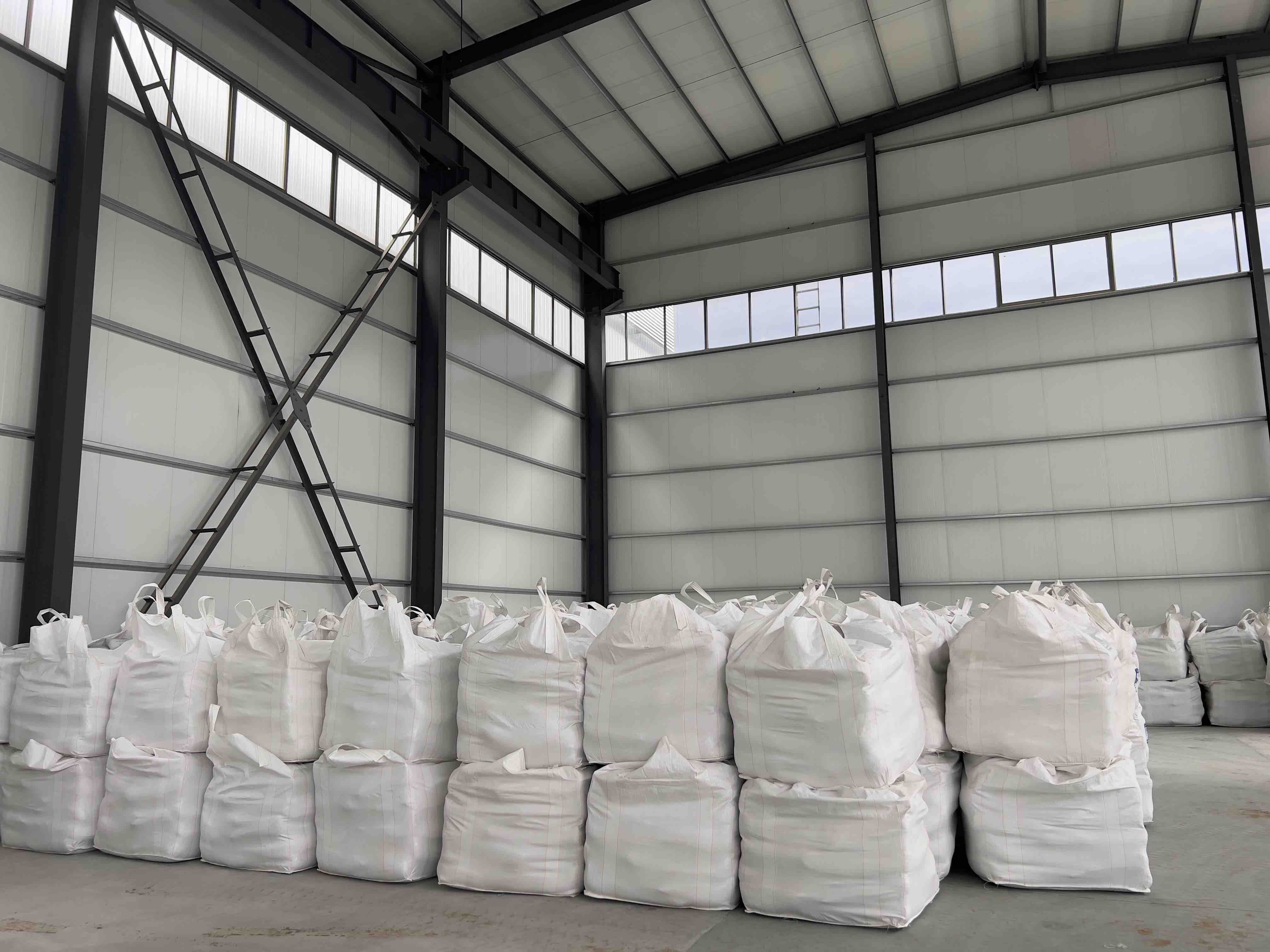Market Analysis of Refractory Materials
Jul 24, 2024Refractory materials play a crucial role in various industrial processes where high temperatures and harsh operating conditions are involved. They are designed to withstand extreme heat, chemical erosion, and mechanical stress, making them essential for industries such as steel, cement, glass, petrochemicals, and non-ferrous metals. This article will provide a market analysis of refractory materials, highlighting key factors influencing the industry's growth, emerging trends, and future prospects.
Market Size and Growth:
The global refractory materials market has experienced steady growth over the past few years. According to industry reports, the market was valued at approximately USD 22 billion in 2020, and it is projected to reach USD 31 billion by 2025, growing at a CAGR of around 5% during the forecast period. The rising demand from end-use industries, such as steel production and energy generation, is driving this growth.

Key Factors Influencing the Market:
1. Steel Industry: Steel production is the largest consumer of refractory materials, accounting for a significant market share. As the steel industry continues to expand, especially in emerging economies, the demand for refractory materials remains strong. Moreover, technological advancements in steel making techniques, such as electric arc furnaces and ladle metallurgy, require high-performance refractories, driving further market growth.
2. Infrastructure Development: The construction industry plays a vital role in the refractory materials market. Increasing investments in infrastructure development, particularly in developing countries, drive the demand for cement, glass, and ceramic products. These industries heavily rely on refractory materials, boosting the market growth.
3. Energy Sector: With the focus on renewable energy and the development of advanced power generation systems, the demand for refractory materials used in boilers, furnaces, and incinerators is expected to rise. As countries shift towards cleaner energy sources, there is a growing need for refractories that can withstand higher operating temperatures while ensuring energy efficiency.
Emerging Trends:
1. Shifting Focus towards Sustainable Solutions: Environmental concerns and regulations are driving the industry's shift towards more sustainable refractory materials. Manufacturers are investing in research and development to develop eco-friendly alternatives that reduce energy consumption, emission of greenhouse gases, and waste generation.
2. Technological Advancements: Advancements in manufacturing processes, such as advanced mixing techniques, computerized control systems, and nanotechnology, are revolutionizing the refractory materials industry. These innovations enhance the properties and performance of refractories, including improved thermal resistance, chemical stability, and mechanical strength.
3. Increasing Demand for Monolithic Refractories: Monolithic refractories, which are pre-formed materials that can be cast, gunned, or sprayed in place, are gaining popularity due to their ease of installation, reduced downtime, and improved performance. Their versatility and ability to withstand extreme conditions make them a preferred choice for various industrial applications.
Future Prospects:
The refractory materials market is expected to witness sustained growth in the coming years due to the increasing demand from industries such as steel, cement, glass, and energy. Additionally, the focus on research and development to develop advanced, sustainable refractory solutions will open new opportunities. Emerging economies, particularly in Asia-Pacific, are likely to drive market growth, driven by rapid industrialization and infrastructure development.
The refractory materials market continues to expand, driven by the steel industry's growth, infrastructure development, and the shift towards sustainable solutions. Technological advancements and the increasing demand for monolithic refractories are shaping the industry's landscape. As industrial activities continue to rise, the demand for high-performance refractory materials is set to increase, offering manufacturers and suppliers significant opportunities in the global.
Tags :